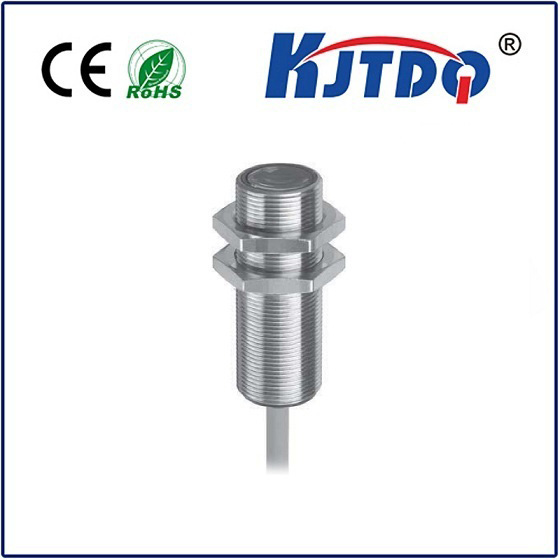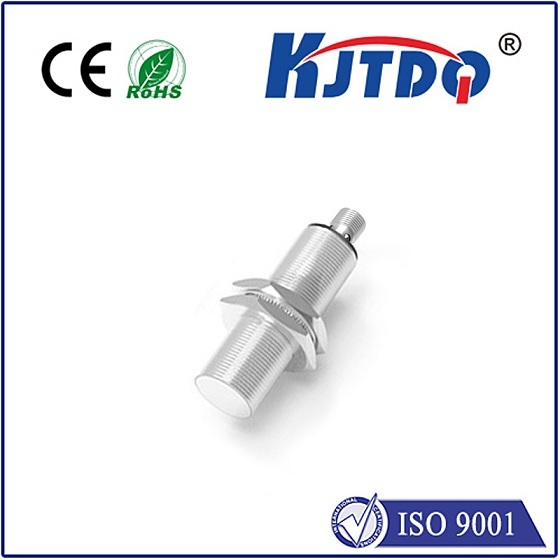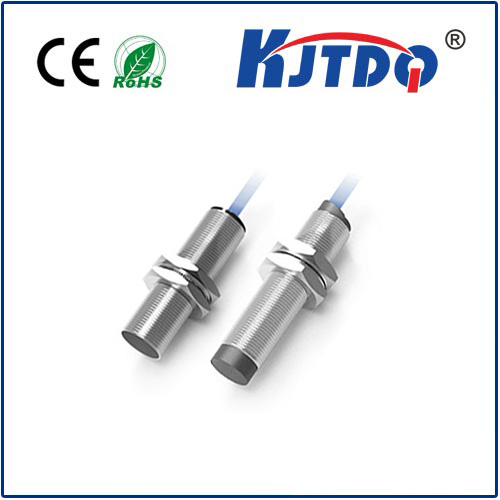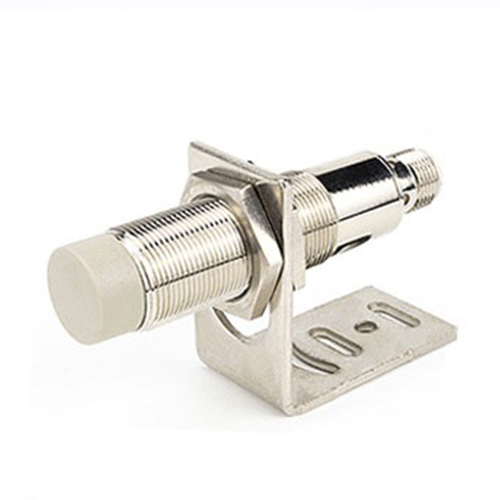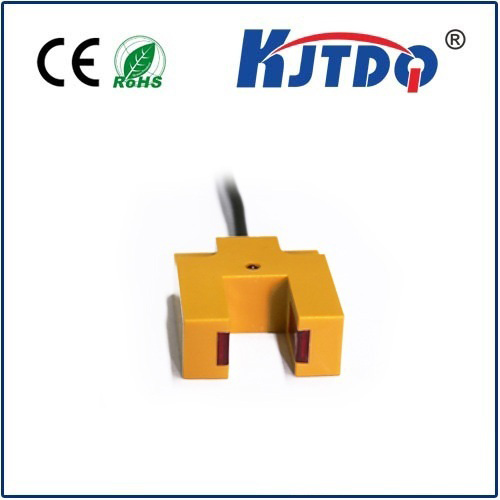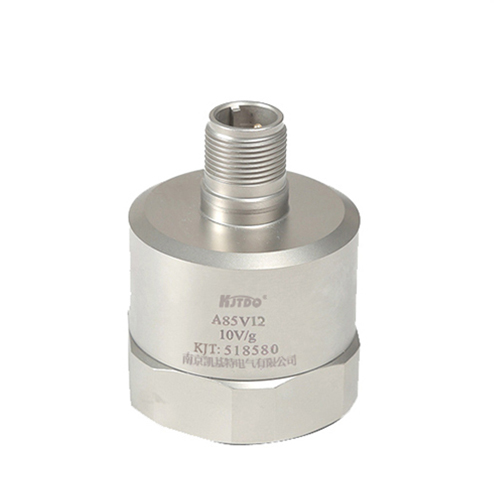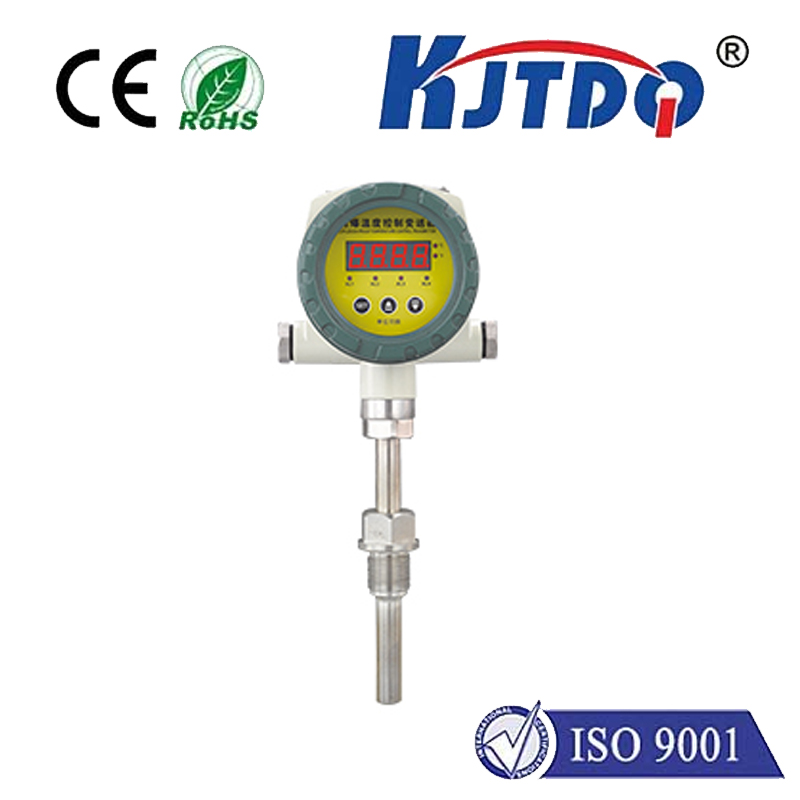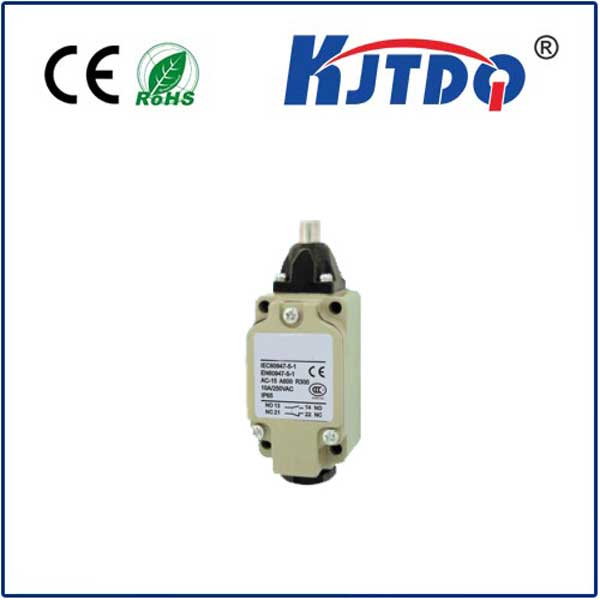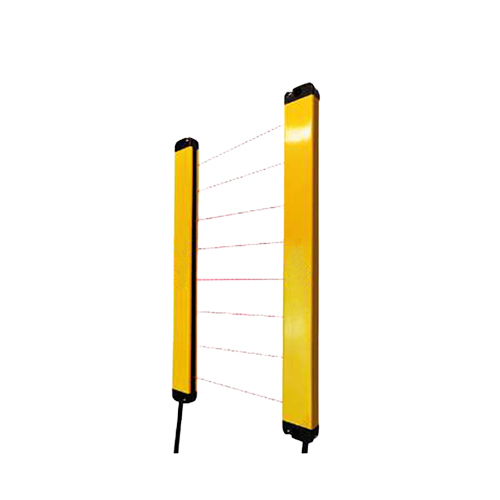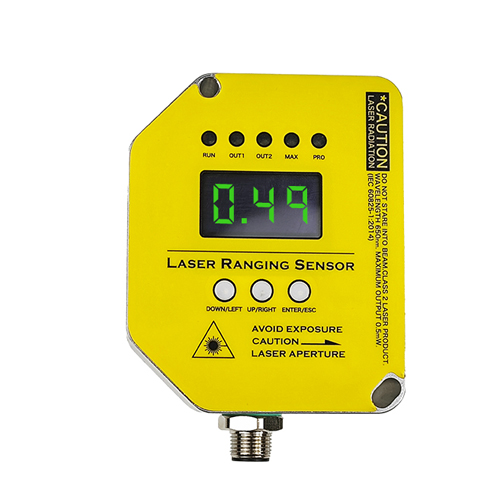BES043T high pressure proximity sensor
- time:2025-10-01 07:30:49
- Click:0
BES043T High Pressure Proximity Sensor: Your Shield in Demanding Environments
Imagine the immense forces surging through heavy-duty hydraulic presses, the relentless pressure within injection molding machines, or the powerful flows in high-pressure cleaning systems. Now, imagine the critical components – valves, cylinders, actuators – operating flawlessly within these intense environments. The reliability of position detection in these scenarios isn’t just convenient; it’s paramount for safety, efficiency, and preventing catastrophic downtime. Traditional sensors often buckle under such relentless pressure, leading to failures that halt production and inflate costs. This is precisely where the specialized design of sensors like the BES043T High Pressure Proximity Sensor becomes indispensable, offering a robust solution engineered for resilience.
The term “proximity sensor” broadly refers to non-contact devices detecting the presence or absence of nearby metallic objects. The BES043T, however, elevates this capability for exceptionally challenging conditions. Its defining feature, explicitly stated in the name, is its high-pressure resistance. This isn’t merely about handling high pressures sporadically; it signifies an inherent design optimized to function reliably and accurately while submerged or directly exposed to hydraulic fluids, lubricants, or cleaning media operating at pressures significantly exceeding standard industrial norms. Think hundreds or even thousands of PSI/Bar – environments where ordinary sensors would simply fail.
Why is High-Pressure Resistance So Critical?
Standard inductive proximity sensors are workhorses in countless automation applications. However, their Achilles’ heel in high-pressure fluidic systems lies in the potential for pressure ingress. High-pressure fluids can be forced into small openings or past seals not rated for such extremes. This ingress can lead to:

- Sensor Failure: Internal components, particularly the sensing coil and electronics, can be damaged or short-circuited by fluid contamination.
- Reduced Sensing Range & Accuracy: Pressure affecting the sensor housing or internal cavity can alter its electromagnetic field, diminishing detection distance or causing false triggers.
- Seal Degradation & Leaks: Standard seals can extrude, rupture, or wear prematurely under sustained high pressure, compromising the sensor’s integrity and potentially causing leaks into the system.
- Unscheduled Downtime: Any of the above issues necessitate sensor replacement, stopping production lines and incurring significant costs.
The BES043T: Engineered for Resilience
The BES043T High Pressure Proximity Sensor addresses these challenges head-on through specific design features:
- Robust Housing: Typically constructed from high-grade stainless steel (like V4A/316L), it withstands aggressive media, high pressures, and physical impacts common in industrial settings.
- Specialized Sealing: Crucially, it employs high-pressure rated seals and sealing technologies. This creates an impenetrable barrier, preventing fluid ingress even under sustained, extreme pressures, ensuring internal components remain pristine and functional.
- Pressure-Compensated Design: Some variants may incorporate features to internally manage or compensate for the external pressure acting on the housing, minimizing any potential impact on sensing performance and maintaining consistent detection range.
- Enhanced Media Resistance: Beyond pressure, the materials and coatings are chosen to resist degradation from oils, hydraulic fluids, coolants, and cleaning agents, ensuring long-term reliability in harsh chemical environments.
- Reliable Inductive Sensing: Utilizing the robust inductive principle, it detects ferrous and non-ferrous metallic targets without physical contact, eliminating wear and tear and offering a long operational lifespan.
Where the BES043T Proves Its Mettle
The unique capabilities of the BES043T make it the sensor of choice across numerous demanding sectors:
- Hydraulic Systems: Position feedback for cylinders, valves, pumps, and manifolds directly within high-pressure hydraulic circuits.
- Injection Molding Machines: Monitoring clamp position, ejector pins, or valve gates exposed to high melt pressures.
- Die Casting: Detection in high-pressure die closing units and within the casting environment.
- High-Pressure Cleaning/Cutting: Position sensing on jets, pumps, and moving parts subject to waterjet pressures.
- Test Benches: Monitoring component positions during high-pressure fluid testing.
- Heavy Machinery & Off-Highway Vehicles: Reliable position sensing in hydraulic cylinders for excavators, loaders, presses, and agricultural equipment.
- Oil & Gas Industry: Applications involving wellhead control, valve positioning, and hydraulic actuators in upstream and midstream operations.
Key Advantages Over Standard Proximity Sensors
Choosing a purpose-built sensor like the BES043T High Pressure Proximity Sensor delivers tangible benefits:
- Unmatched Reliability: Dramatically reduces sensor failures caused by pressure-induced ingress or seal failure.
- Minimized Downtime: By preventing pressure-related breakdowns, it significantly boosts overall equipment availability and production uptime.
- Consistent Performance: Maintains accurate sensing distance and switching behavior even under fluctuating high-pressure conditions.
- Enhanced Safety: Reliable position feedback is critical for safe machine operation, especially in high-force applications. Sensor failure can have severe safety implications.
- Reduced Maintenance Costs: Longer lifespan and fewer replacements translate directly into lower total cost of ownership (TCO).
- Optimized System Design: Allows sensor placement directly in high-pressure zones where it’s needed most, simplifying machine design and installation.
Integrating the BES043T: What to Consider
When deploying this specialized proximity switch, ensure:
- Pressure Rating Alignment: Verify the sensor’s specified pressure rating (PSI or Bar) meets or exceeds the maximum pressure encountered in the application.
- Media Compatibility: Confirm its resistance to the specific fluids and chemicals present.
- Electrical Specifications: Match voltage, current, output type (PNP/NPN, NO/NC), and connection style (cable, connector) to your control system.
- Environmental Factors: Consider temperature range, potential for submersion, and vibration levels.
- Mounting & Sensing Distance: Ensure the chosen sensor size and required sensing range suit the physical constraints and target detection needs.
Conclusion: An Essential Component for Peak Performance Under Pressure
In the relentless world of high-pressure industrial applications, relying on standard sensors is a gamble with high stakes. The BES043T High Pressure Proximity Sensor eliminates this gamble. Its purpose-built design, centered around exceptional sealing and robust construction, provides the reliability and longevity essential for mission-critical position detection in environments where failure is not an option. By effectively shielding its sensitive internals from the destructive forces of pressure and aggressive media, it ensures continuous, accurate operation, safeguarding productivity, minimizing costly downtime, and contributing significantly to the overall robustness of high-pressure systems. When your applications operate on the edge, the BES043T stands firm as a dependable sentinel.






